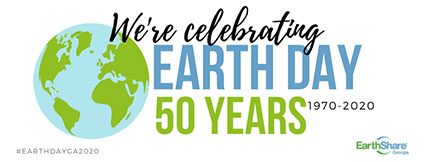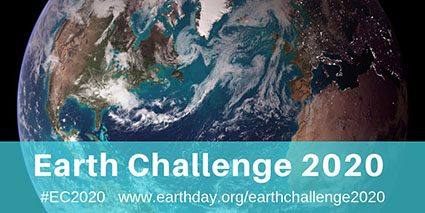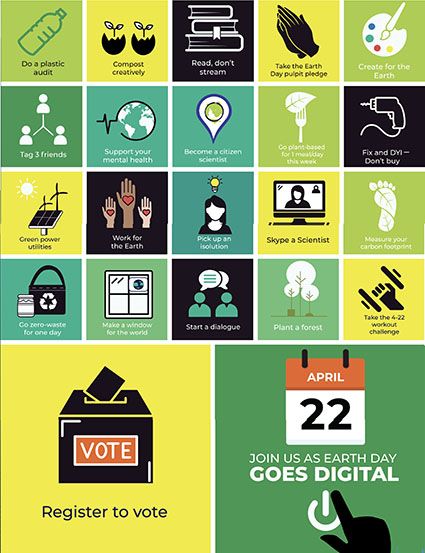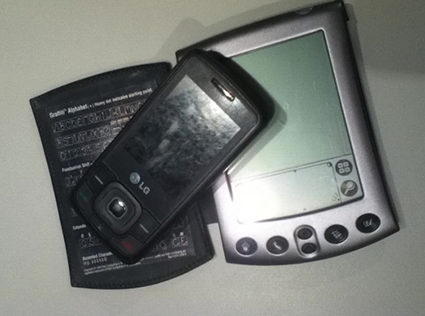
Be more green!
You can make a difference today!
Make many small changes to make one big change!
And you’ll save a lot!
Take action now!
Here’s one idea.
Clean your Beach!
It’s summer here in Maine and the temperatures are rising. Like anywhere else in the world when it gets warm – we head toward the water. Be it an ocean beach, a river bank or a lakeside retreat we grab our snacks, beverage bottles, and towels and head toward the cool embrace of our local watering hole.
With approximately 80% of the worldwide population living near water, that translates into millions of tons of bottles and snack wrappers ending up on the worlds beaches.
We all know the importance of clean water, but more often than not, the full weight of this responsibility seems unfathomable. Lets look at some numbers… The total length of the worlds coastline is estimated to be close to 217,490 miles, or to put it visually, roughly equal to the distance from the Earth to the Moon. The United States alone has more than 250,000 rivers equaling to 3.5 million miles of shoreline. These numbers can become overwhelming in terms of tonnage and clean up.
But it can be done.
On September 15 for the last 26 years, the Ocean Conservancy’s International Coastal Cleanup has held a volunteer clean up day for ocean and waterway health. Each year these indefatigable volunteers not only scour our shores and waterfronts but additionally keep a running total of each specific type of item collected.
During the 25th anniversary Cleanup on September 15, 2010 nearly half a million volunteers combed the shorelines around the world to collect a total of 9,843,121 items of debris. Some numbers are overwhelming… 980,067 plastic bags; 75,168 balloons; 1,094,921 plastic beverage bottles; and 1,892,526 cigarettes or filters are amongst a myriad of other refuse from vacuums to baby bottles, and washing machines.
What can you do?
Start with leaving the beach in better condition than it was when got there. Leave no trace that you have been there, take all your garbage, any neighboring debris and your belongings with you.
Volunteer to clean up your local beach and get your friends and relatives involved. Many local communities ask for help with clearing debris.
Don’t feed the birds! The more food they receive means the more they hang out on the beach which increases the amount of bird droppings on the beach.
Don’t leave debris near storm drains. Most of these drains run directly into the waterways without any filtration. After taking a swim in the nearest waterway these debris will most likely end up on the beach.
So grab those snacks and beverages and remember to clean up your area after you enjoy the cool clean water!
See you at the beach this summer!
Find more resources that will help you take action now here.
Find environmental organizations to support here.
















